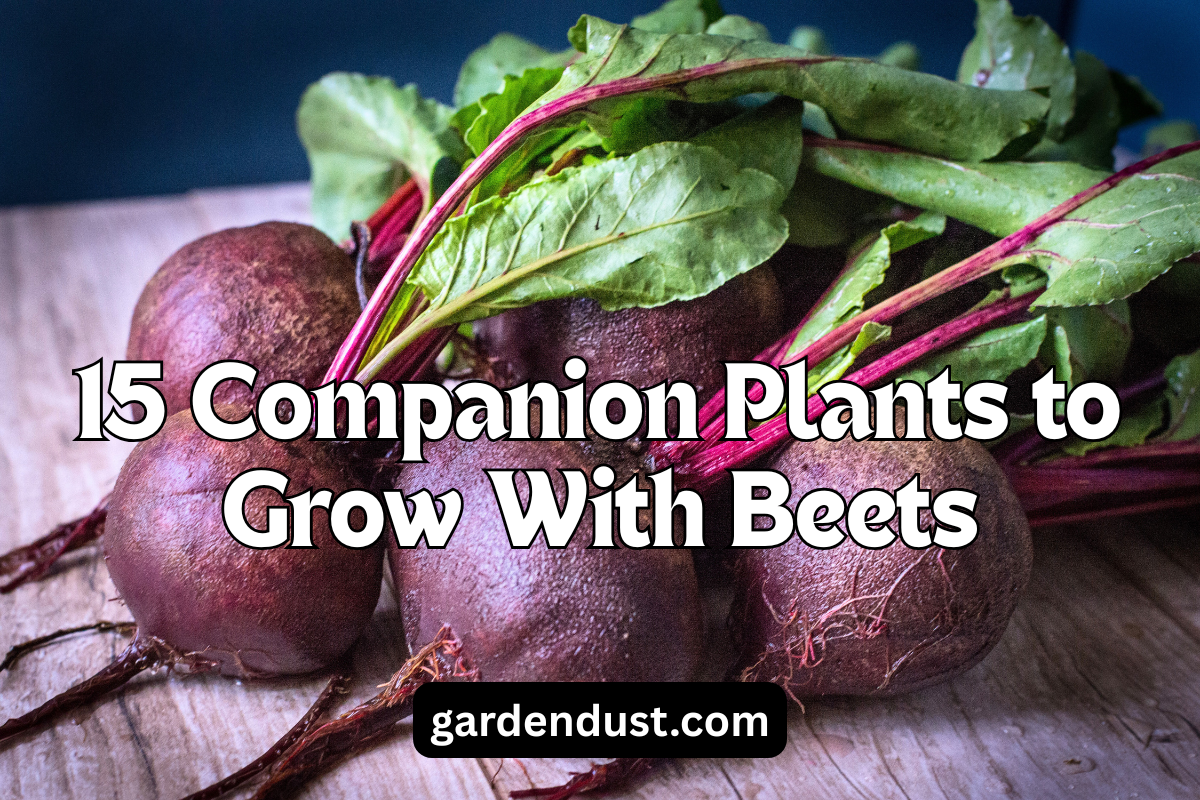Creating a herb garden is not just about growing a collection of individual plants; it’s about fostering a harmonious ecosystem where each herb complements and supports the others. When carefully selected and planted together, herbs can enhance each other’s growth, repel pests, and create a visually appealing and aromatic garden. In this guide, we’ll delve into the world of herbs and explore how 15 herbs that planted together. Let’s start…
1.Basil (Ocimum basilicum)

Basil is a versatile herb known for its aromatic leaves and culinary uses. Planting basil alongside other herbs can enhance its flavor and deter pests like mosquitoes and flies. Consider placing it near tomatoes to improve their growth and flavor.
2.Rosemary (Rosmarinus officinalis)

Rosemary is a hardy herb with fragrant needle-like leaves. It thrives in well-drained soil and benefits from companionship with sage, thyme, and lavender. These herbs create a drought-tolerant and visually appealing arrangement.
3.Thyme (Thymus vulgaris)

Thyme is a low-growing herb with a robust flavor. Planting thyme near cabbage, tomatoes, or strawberries can help deter cabbage worms and other pests. It also complements the flavors of rosemary and sage.
4.Sage (Salvia officinalis)

Sage is known for its strong flavor and medicinal properties. Planting sage near rosemary and thyme not only creates an aesthetically pleasing trio but also helps to deter pests and improve each herb’s growth.
5.Mint (Mentha spp.)

Mint is a fast-spreading herb that is best planted in containers to prevent it from taking over your garden. Pair it with chamomile to create a calming and aromatic corner. Mint also works well with basil, enhancing both herbs’ growth.
READ ALSO:-How To Store Fresh Garden Herbs At Home
6.Chamomile (Matricaria chamomilla)

Chamomile is a gentle herb with small, daisy-like flowers. Planting chamomile near mint can create a soothing atmosphere and improve the overall health of both herbs. It also attracts beneficial insects like bees and butterflies.
7.Lavender (Lavandula spp.)

Lavender is prized for its fragrant flowers and calming properties. Planting lavender near rosemary and sage not only adds visual appeal but also creates a trio that thrives in well-drained, sunny locations.
8.Cilantro/Coriander (Coriandrum sativum)

Cilantro, also known as coriander when its seeds are harvested, is a popular herb in many cuisines. Pair it with chives and dill to create a flavorful combination that enhances the taste of salads and other dishes.
9.Chives (Allium schoenoprasum)

Chives are a member of the onion family and are known for their mild onion flavor. Planting chives near cilantro and dill not only creates a tasty trio but also helps to deter pests that may harm your vegetables.
10.Dill (Anethum graveolens)

Dill is a feathery herb with a distinctive flavor. Plant it near cucumbers to improve their growth and taste. Pairing dill with chives and cilantro creates a delightful combination for herb gardens and kitchen use.
11.Oregano (Origanum vulgare)

Oregano is a flavorful herb that pairs well with a variety of dishes. Planting it near basil and thyme creates a trio that not only enhances the flavor of your herbs but also provides a vibrant and aromatic garden display.
12.Parsley (Petroselinum crispum)

Parsley is a versatile herb that complements a wide range of dishes. Pairing it with basil and cilantro creates a trio that is not only visually appealing but also enhances the overall health of the herbs through mutual support.
13.Fennel (Foeniculum vulgare)

Fennel is an aromatic herb with feathery foliage and a licorice-like flavor. Planting it near dill can enhance the growth of both herbs. However, be mindful that fennel can inhibit the growth of some other plants, so it’s best to isolate it or plant it strategically.
14.Tarragon (Artemisia dracunculus)

Tarragon is known for its anise-like flavor and culinary uses. Planting it near basil and oregano creates a trio that not only enhances each herb’s flavor but also provides a diverse range of textures and aromas in your garden.
15.Culinary Sage (Salvia officinalis)

Culinary sage, a variety of sage, is a staple in many kitchens. Planting it near rosemary and thyme creates a trio that not only enhances the flavors of your dishes but also creates a visually appealing and aromatic herb garden.
Creating a thriving herb garden involves careful planning and consideration of how different herbs can complement each other. By strategically planting these 15 herbs together, you can create a harmonious ecosystem that not only enhances the flavor of your dishes but also promotes the overall health of your garden. Experiment with different combinations, observe the interactions between herbs, and enjoy the bountiful benefits of a well-planned herb garden. Happy Gardening…







